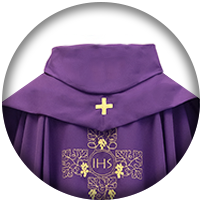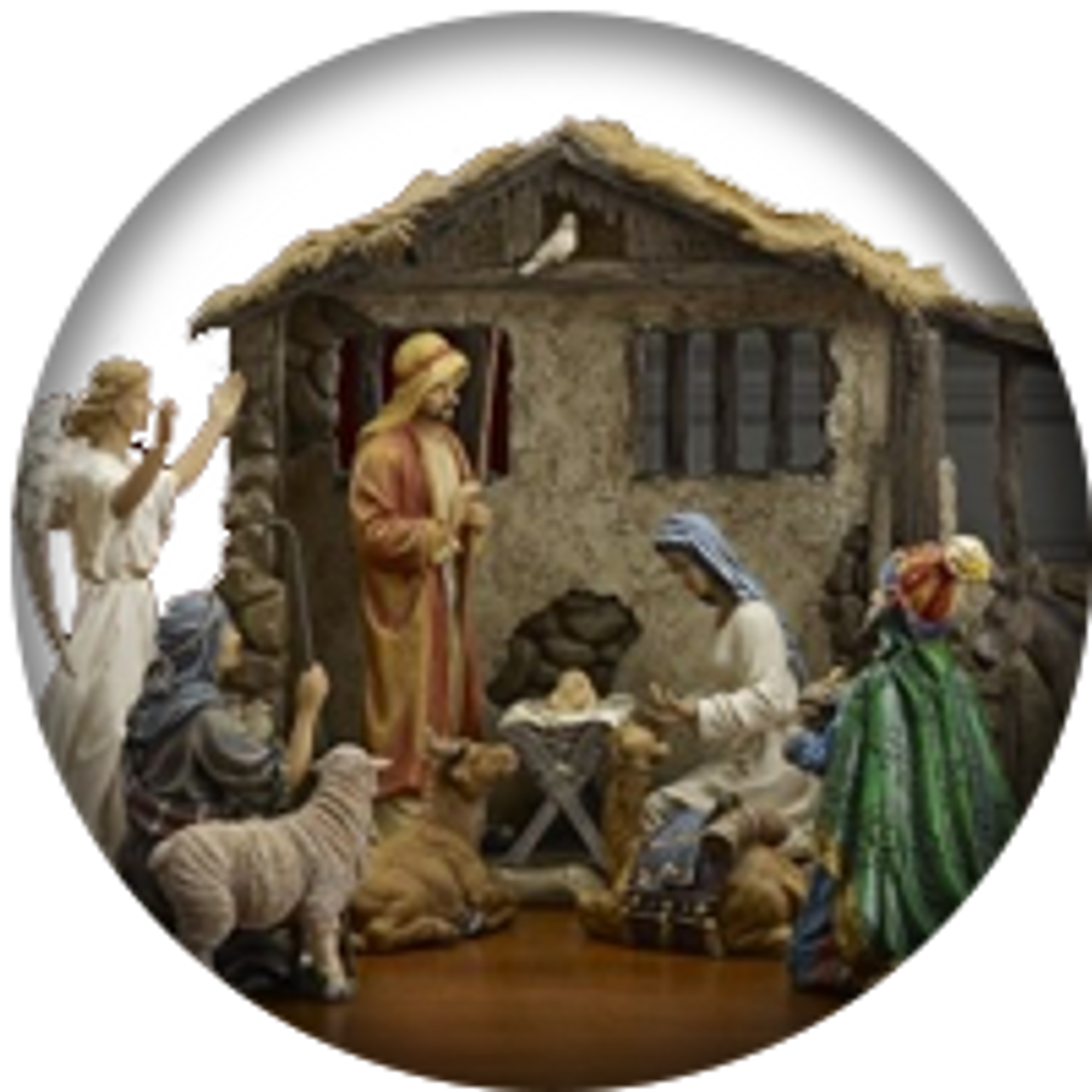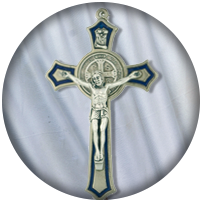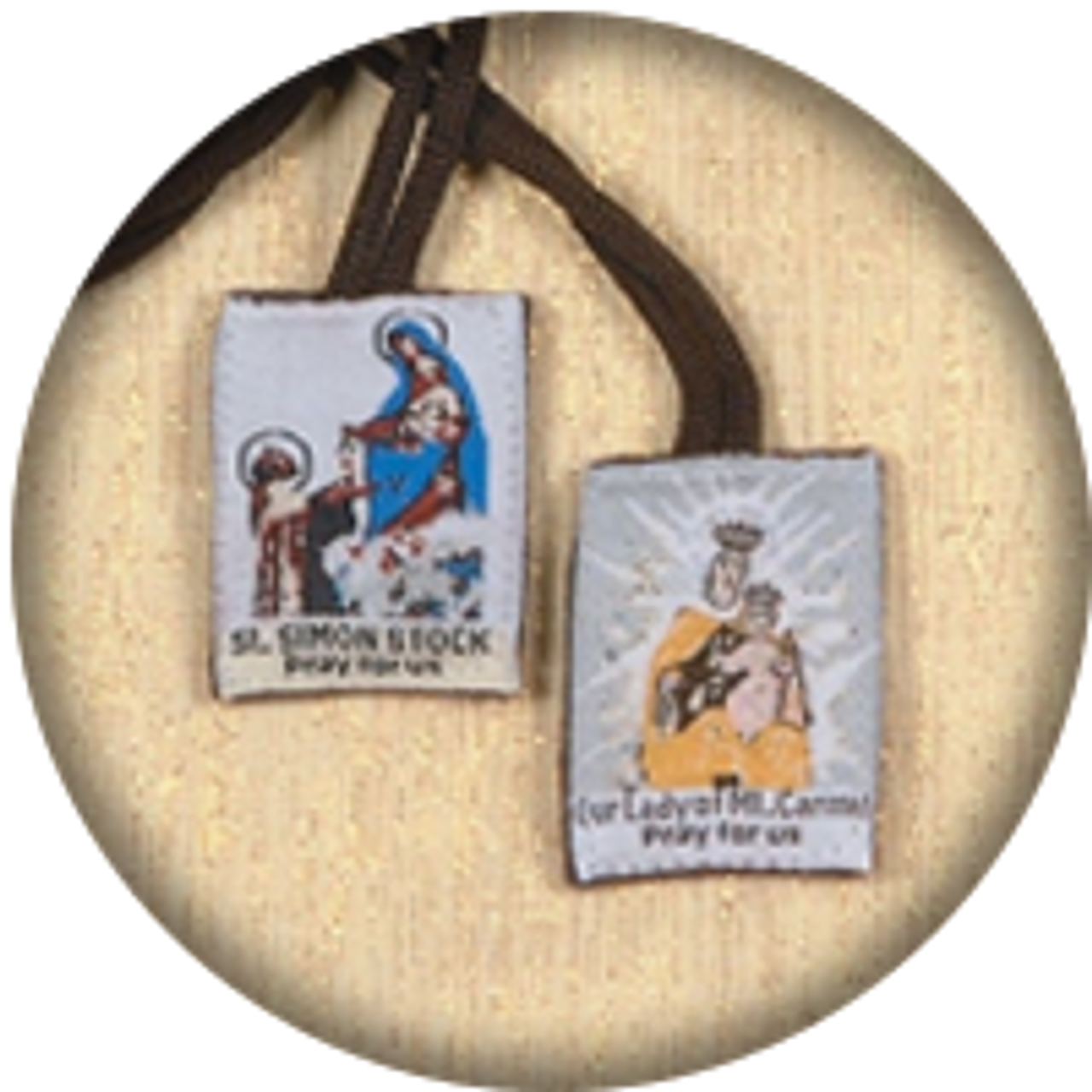Monstrances and Reliquaries
Trinity Church Supply | Exquisite Monstrances from Around the World
At Trinity Church Supply, we take pride in offering you the finest monstrances sourced from renowned artisans across the globe. Each monstrance in our collection is a testament to the rich tradition of Eucharistic Adoration, crafted with exceptional skill and reverence for its sacred purpose.
Our selection features handcrafted designs made from high-quality materials like gold, silver, and precious stones, ensuring a timeless beauty that enhances the spiritual atmosphere of any church or chapel. From traditional sunburst styles to unique regional designs, our monstrances are carefully chosen to reflect both classic and contemporary Catholic artistry.
Whether you seek a piece that embodies the heritage of the European Black Forest, the delicate filigree of Italian craftsmanship, or the bold artistry of Latin America, Trinity Church Supply offers a range of monstrances to suit every liturgical setting. Each piece is designed to beautifully display the Blessed Sacrament, making it the perfect focal point for Eucharistic celebrations and Benediction services.
Monstrance:
- Purpose: A monstrance, also known as an ostensorium, is used to display the Eucharistic host (the consecrated bread representing the Body of Christ) for adoration and Benediction. It is an important part of Eucharistic Adoration, where the faithful focus on the presence of Christ in the sacrament.
- Design: Monstrances are typically ornate, crafted from precious metals such as gold or silver. They often feature a sunburst design, symbolizing the radiance of Christ. The center of the monstrance holds a luna—a small glass or crystal holder containing the consecrated host—making it visible to worshippers.
- Symbolism: The design emphasizes the glory of God and the light of Christ, making the Eucharistic presence a focal point for prayer and contemplation.
Reliquary:
- Purpose: A reliquary is designed to hold relics, which are physical remains of a saint or objects associated with saints or Christ, such as bones, clothing, or fragments of the True Cross. These relics are venerated, as they are believed to be tangible connections to the holy.
- Design: Reliquaries can vary greatly in size and shape. They are often elaborately crafted to reflect the importance of the relic they contain. Some are designed like small boxes, while others may resemble crosses, miniature shrines, or statues. The relic is often placed in a visible area, such as a glass window or case, allowing it to be seen while ensuring its protection.
- Symbolism: Reliquaries serve as physical connections to the sacred, representing the holiness of the saints and their closeness to God. They encourage the faithful to reflect on the lives of the saints and the mysteries of the divine.
Differences and Common Use:
- Monstrance: Focuses on the display of the Eucharist for direct worship and adoration of the Real Presence of Christ.
- Reliquary: Focuses on preserving and venerating the physical remains or associated objects of saints, offering a tangible link to the past and the holy lives of these figures.
Both items are central to Catholic liturgical practices, serving to deepen the faith and devotion of worshippers through the veneration of the sacred. Their beautiful and intricate designs are meant to reflect the reverence due to their holy contents.











